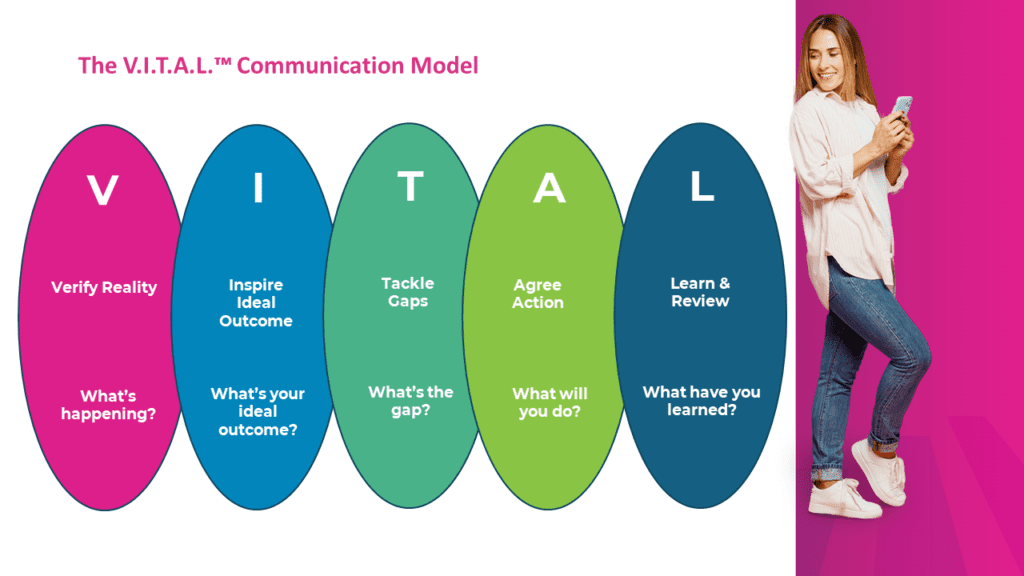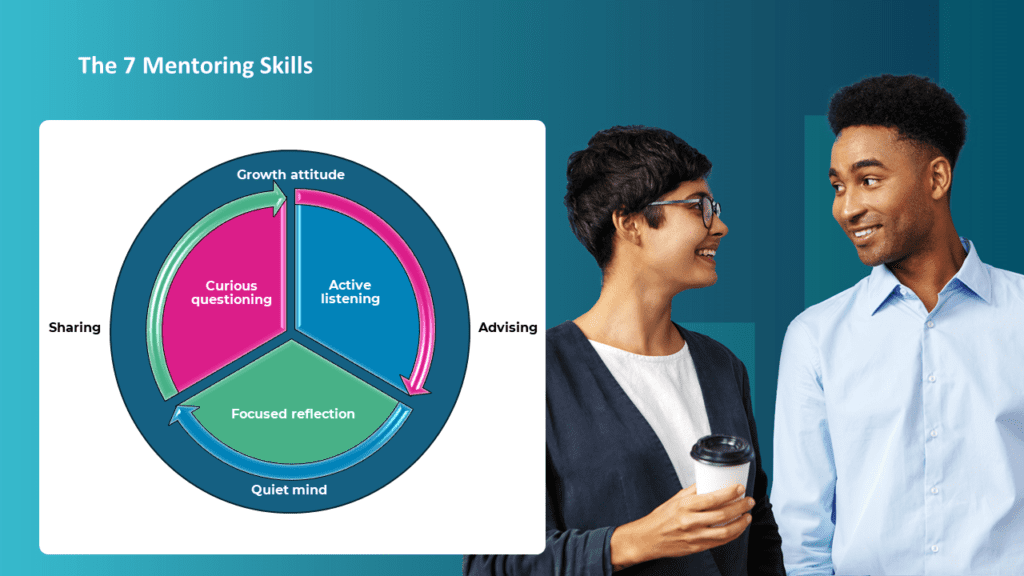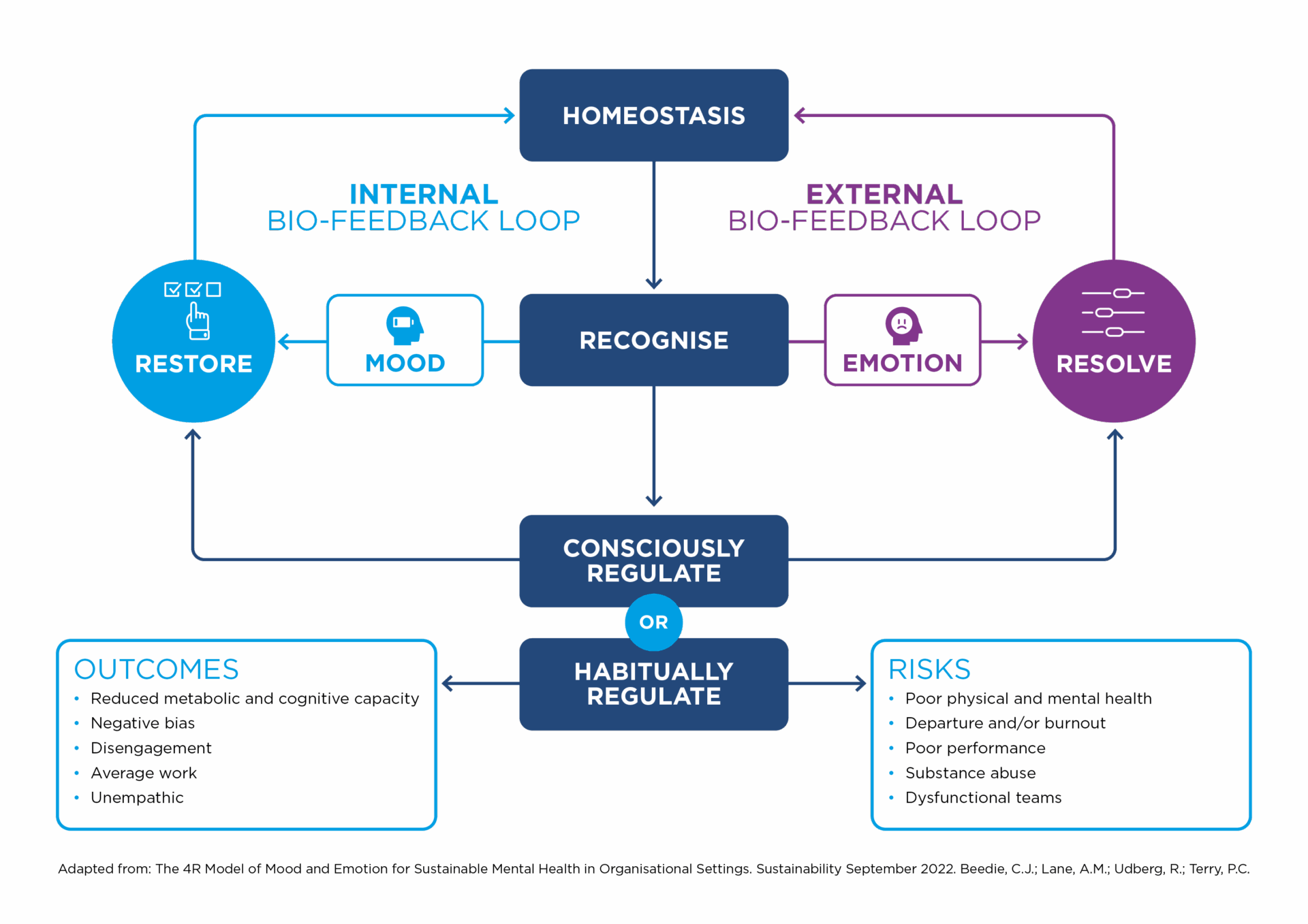3 Strategies for High-Performance Team Development

Let’s face it, running a business is thrilling. Every decision feels like a pivotal moment, shaping your company’s future. Strategic planning is crucial, but it’s only the first step. Many leaders, even those at the top of the Fortune 500, grapple with bridging the gap between vision and reality.
The key? It’s not just about the polished strategies or the meticulously crafted budgets. It’s about empowering your people – your greatest asset. They’re the ones who turn ideas into innovations and dreams into victories.
Let’s delve deep into how to unlock the secret to driving a high performing team:
• the most important factors in a high performing team
• how to boost coaching
• effective delegation
• achieving optimal performance
• stimulating action learning for accountability and execution
• embedding mentoring to build a learning culture
The most important factors in a high performing team
While there’s no magic formula, research suggests that trust and psychological safety are key ingredients. Fostering a culture of collaboration and innovation can mean the difference between business stagnation and business growth.
• Open communication and collaboration: When team members trust each other, they feel comfortable sharing ideas, admitting mistakes, and asking for help. This fosters open communication and collaboration, essential for tackling complex problems and generating creative solutions.
• Risk-taking and innovation: Psychological safety allows team members to take calculated risks and experiment without fear of repercussions. This environment is crucial for innovation and trying new approaches.
• Effective conflict resolution: Trust fosters healthy debate and allows disagreements to be addressed constructively. Team members can focus on finding solutions rather than fearing personal attacks.
Key indicators of a high performing team
• Shared Vision and Goals: High-performing teams have a clear understanding of their purpose and what they’re working towards. Team members are aligned on both the big-picture goals and their individual roles in achieving them. This creates focus and motivates everyone to contribute their best effort.
• Effective Communication: Information flows freely and openly within the team. Team members actively listen to each other, share ideas constructively, and feel comfortable raising concerns. This fosters collaboration and ensures everyone is on the same page.
• Trust and Respect: Team members trust and respect each other’s skills, opinions, and work ethic. They hold each other accountable and are willing to provide support when needed. This creates a positive and supportive work environment where people feel comfortable taking risks and learning from each other.
• Results-Oriented: The team consistently delivers high-quality work that meets or exceeds expectations. They’re focused on achieving goals efficiently and effectively. There’s a sense of ownership and accountability for results.
• Positive Attitude: Team members maintain a positive and professional demeanour, even under pressure. They’re enthusiastic about their work and contribute to a motivating and encouraging team spirit. This positive energy helps the team overcome challenges and stay focused on their goals.
• Adaptability and Problem-solving: The team can effectively adapt to changes and work together to solve problems creatively. They’re not afraid of challenges and see them as opportunities to learn and grow.
• Continuous Learning: High-performing teams are always looking for ways to improve. They’re open to feedback and willing to learn new skills and approaches. This growth mindset keeps the team innovative and competitive.
Leading your team to success
To accomplish the aforementioned indicators, one must cultivate a team environment built on trust, clear communication, and shared goals.
This foundation empowers individuals to leverage their strengths, collaborate effectively, and continuously learn and adapt to achieve remarkable results.
Let’s explore how to do this in this article.
1. Boost coaching and effective delegation for developing a high performing team
Effective leadership is not merely about making decisions; it’s about empowering teams to thrive and excel. This empowerment is intricately linked to the dynamic interplay between two critical practices: delegation and coaching.
Leaders must navigate the complexities of strategy execution by strategically assigning tasks and responsibilities while simultaneously nurturing individual growth and development through coaching.
Starting with delegation
Step 1: Identify
Identify what is the best use of your time, skills, experience and knowledge to deliver on the results needed for your business or team. Understanding the value, you can add, your strengths and where you are energised, can help you focus on what you need, distinguishing between the important and the urgent.
Step 2: Know
The second is to know your team and/or the resources you have access to. Consider the existing strengths and the potential gaps, and the stretch opportunities in skills, capabilities, knowledge and experience. Know what motivates people, what their ambitions are, what stretch assignments and responsibilities are they ready for.
Step 3: Scope
The third step is to scope out, what work you are currently doing that you “shouldn’t” to re-balance the work and responsibilities allowing you to also step up to the more strategic leading you need to be focused on. The challenge is to identify the right stretch opportunities for the various team members.
Step 4: Prepare
Prepare to resource differently, to reconsider who does what. Encourage people to step-up by handing over some aspects of your work, such as a specific project, your client/customer relationships, that board meeting that you can’t make when you are on vacation.
Step 5: Coach
Once delegation strategies are clear, coaching skills are crucial. You need to spend the time upfront to offer support, and the best way to delegate is through using coaching skills, and coaching conversations.
Having VITAL coaching conversations allows for the effective transfer of accountability and builds confidence.
Unlike the transfer of the task, coaching helps promote real and sustained ability to take on more challenges with confidence and to create an environment of continuous learning and effective feedback and support.
2: Stimulate action learning for accountability and execution
In the dynamic landscape of business, the clarity and excitement of strategic vision often ignite initial enthusiasm throughout the organisation but the first potential challenge tends to show up when the managers need to take that strategy and move to execution.
We can break down the concept as follows:
• Small, Diverse Teams: A group of individuals from different areas of the company come together to focus on a real-world problem.
• Taking Action: The team develops and implements potential solutions for the chosen problem.
• Learning Through Reflection: After taking action, the team critically analyses the results, identifying what worked well and what could be improved. This reflection is key to formulating even better solutions in the future.
Essentially, action learning is a cycle of experimentation and learning. It allows companies to:
• Develop creative solutions to complex problems.
• Improve problem-solving skills at all levels of the organisation.
• Foster a culture of continuous learning and adaptation.
This approach is particularly valuable for CEOs and business owners because it leverages the collective knowledge and experience within their company. It empowers employees to take ownership and contribute to strategic success.
What are the steps and skills needed to drive a high performing team?
This is where effective action learning comes in as a game-changer for strategy execution. When leaders and HR professionals learn to facilitate action learning, it ensures two things: getting things done and fostering a culture of continuous learning.
Action learning groups bring together people with different backgrounds to tackle real challenges. This creates a sense of shared responsibility and buy-in for company goals. It’s a collaborative approach that sparks innovation and helps everyone develop alongside their colleagues. This fosters an environment where teams can work flexibly and solve problems together.
Action learning goes beyond just completing tasks. It creates a culture where coaching, feedback, and healthy challenges are encouraged. This boosts team accountability and fuels a spirit of innovation. In short, action learning is a powerful tool that not only drives strategy execution but also builds a foundation for continuous improvement and collaboration within your organisation.
3. Embed mentoring to shortcut experience and build a learning culture
How do high performing teams approach tasks as a collective team? Many organisations struggle to execute their strategies swiftly, often due to a failure to tap into the diverse skills, talents, and experiences of their employees. Mentoring emerges as a powerful solution to this dilemma, offering a means to:
• share knowledge
• embed learning
• foster a culture of continuous improvement
With Millennials and gen XYZ joining, the modern workforce is a melting pot of generations, each with their own strengths and viewpoints. To thrive in this environment, managers need to adapt their leadership styles. A key challenge is bridging the experience gap: how to effectively share valuable knowledge from seasoned leaders with the next generation?
Mentoring programs are a powerful solution. They connect experienced leaders with early-career talent, fostering practical guidance and support. But the learning goes both ways! Reverse mentoring programs are gaining traction, allowing senior leaders to gain fresh perspectives from younger colleagues while sharing invaluable wisdom gained through years of experience.
The key to successful mentoring lies in embracing diversity and fostering a culture of open learning and knowledge sharing. Investing in training for both mentors and mentees equips them with the tools and communication skills needed to maximise the program’s impact.
In short, unlocking your organisation’s full potential requires a holistic approach to talent development and strategy execution. Embracing diversity and fostering a culture of learning and sharing are essential for maximising the value of your mentoring initiatives. The keys within your grasp to build a high-performing team are the ones we discussed today: Coaching, delegation, action learning, and mentoring.
If you haven’t started yet, take the first step today!
Learn more about how we can help you.
Alternatively, book a call with us here, if we can help you get the most out of your talent.









